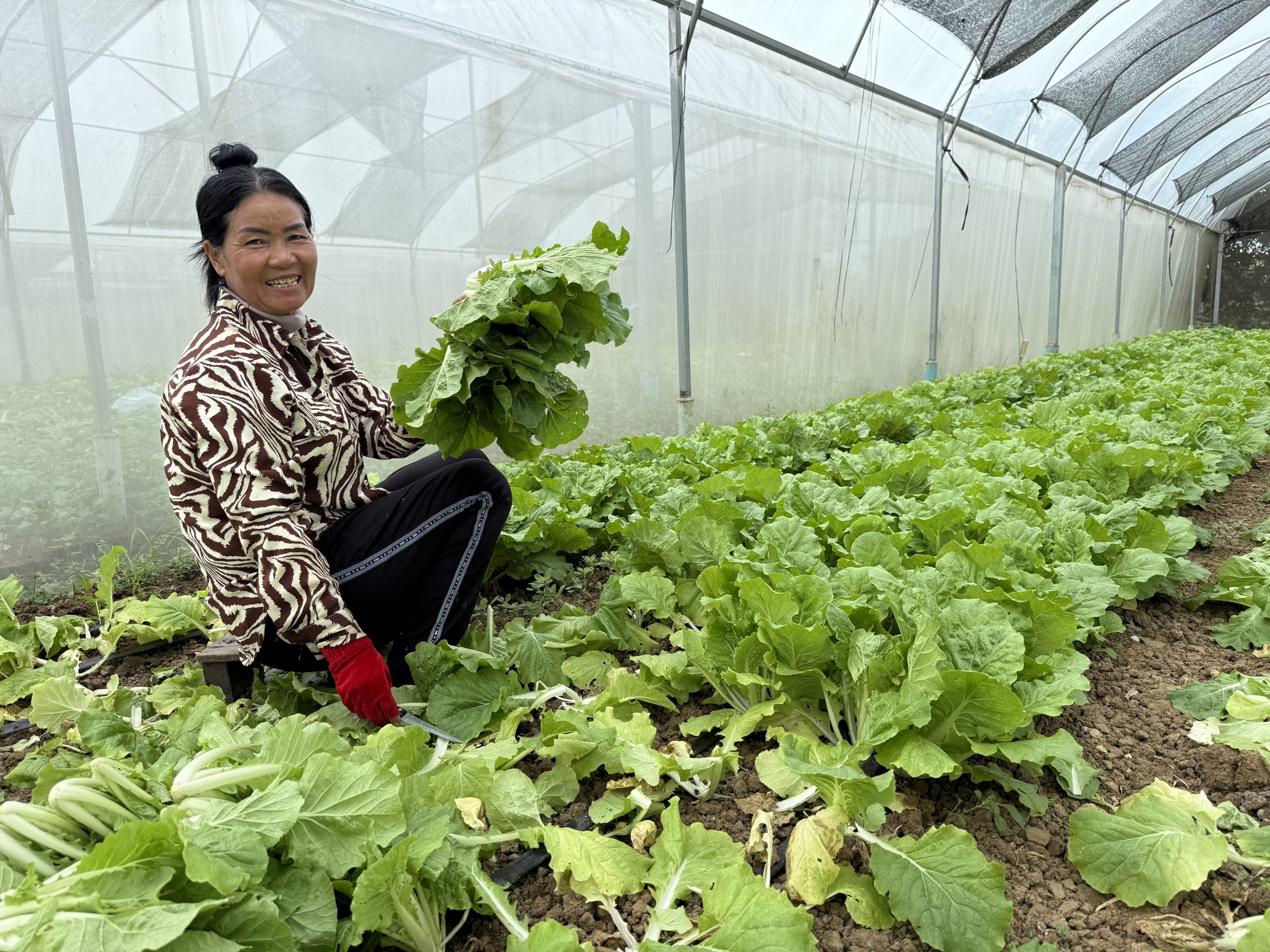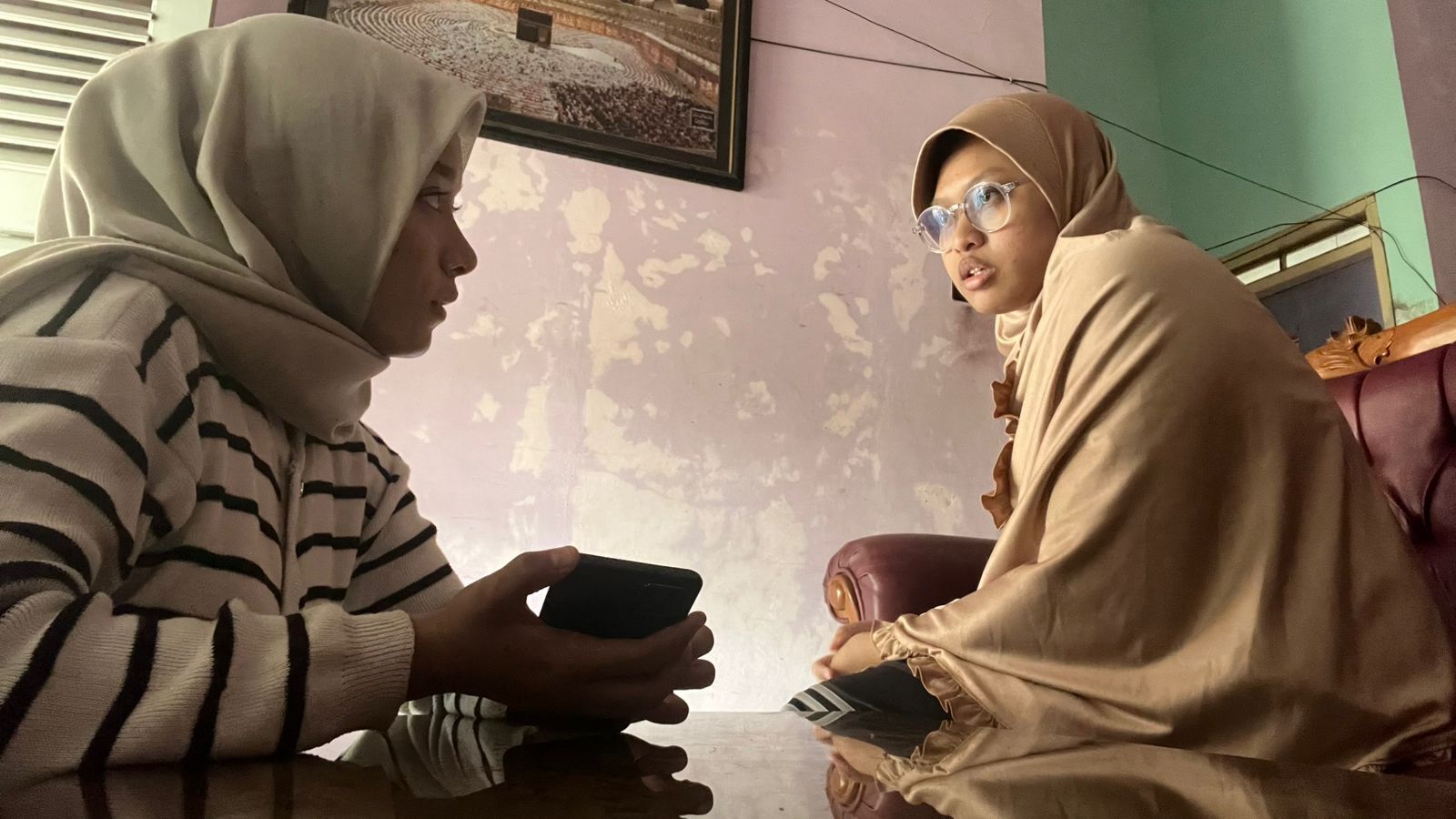People in Australia often complain about banks – even when the Reserve Bank cuts the base rate, as it did recently. But, unlike in Australia where financial services are available to virtually everyone, over a billion adults around the world cannot access a loan.
The World Bank recently released the fifth edition of its Global Findex Database, the world’s most comprehensive analysis of people’s access to, and use of, financial services, covering 141 economies. But why should we care about such a technical report?
Because financial services, including access to loans, help people living in poverty to increase their incomes and, in turn, consumption of key items such as food, housing, children’s education and healthcare. Lack of financial services has even been described as “the civil rights issue of our time”. Without access to fair and affordable financial services, people remain vulnerable to predatory lenders, economic shocks and exclusion from opportunity. Loans of just $200 or less, used for things like small equipment purchases or inventory for a shop, can be personally empowering. The pride I have seen on the faces of recipients at loan disbursement meetings indicates being trusted to repay a loan means more than a hand-out.

A loan recipient through Good Return’s impact investment program in Cambodia. Source: Good Return.
The headline figure in the report is that 79% of the world’s adults now have an account with a bank or other financial institution. This is up from 76% in 2021 and 51% in the initial study of 2011. That is equivalent to nearly 2 billion people obtaining access to finance in just 14 years. Surely this achievement must be one of the world’s most successful international development programs. Interventions that focus on financial inclusion are also now less reliant on donor funding, at a time when the US and other countries are cutting back foreign aid. Many of the microfinance institutions are financially sustainable. Moreover, other once sceptical commercial institutions see that there are hundreds of millions of viable clients among the previously unbanked.
What has caused this revolution in access to finance? A key enabler has been financial technology such as mobile money and digital payments. According to the World Bank report, whereas in 2014 just 2% of adults had a mobile money account, that share had increased to 15% globally. The rate is even higher (18%) in emerging economies where countries like Kenya have actually moved faster than the West into digital payments. An innovative product called mPesa began there over 20 years ago as a simple mechanism to transfer pre-paid credit from one phone to another.
However, it is not all good news. While 98% of Australians have a financial account, many of our neighbours are less fortunate. For example, Bangladesh is at 43%, Cambodia 39%, Indonesia 56%, Laos 38%, Pakistan 27% and in the Philippines only half of all adults are financially included. In total, the number of unbanked people in the world is now around 1.3 billion and this situation is worse in emerging economies where one in four adults do not have a financial account.
There also remains a need to focus on disadvantaged groups such as women and farmers. The gender gap has been reduced to 4 percentage points globally (i.e women’s access to finance is 77% compared to men with 81%) and 5 percentage points in emerging economies. However, more than 20 countries still have gender gaps above 20 percentage points. It is clear that more work is needed, in areas such as women’s education and access to mobile phones, which act as the main on-ramp for fintech. Women have much lower access to phones than the global rate of 86%, according to the Global Findex Digital Connectivity Tracker 2025. It is also crucial to develop suitable products that address real-life needs of low-income and disadvantaged communities, such as agriculture loans and climate-based micro-insurance for farmers. The 2025 data also shows rising concerns over fraud and cybercrime, especially in mobile channels. There have also been incidents of some of the 2 billion new borrowers becoming over-indebted (although, thankfully, the numbers are relatively small).
So what are the key takeaways from the World Bank’s Global Findex Database? It is crucial to continue the work of national regulators and international organisations in relation to access to, and usage of, financial services globally. We must tackle gender gaps in access to fintech and it is also important to consider the specific needs of low-income and disadvantaged communities in their access and use of financial products. NGOs, such as Good Return, are working on this mission. They are providing financial literacy training to potential borrowers and working with financial institutions to ensure that their lending is done responsibly and transparently.
As the World Bank reports says, “the world has made extraordinary progress” but more has to be done in reaching the remaining unbanked with appropriate products. Ultimately, there is a need for policies and protections that help everyone improve their financial health, so that they can better mitigate financial worry, increase financial resilience and more effectively pursue their goals.
 Clay O’Brien has worked as an Advisor on Financial Inclusion, Microfinance and International Development for more than 20 years. He is currently based in Myanmar, having lived there a total of nearly four years over the past decade.
Clay O’Brien has worked as an Advisor on Financial Inclusion, Microfinance and International Development for more than 20 years. He is currently based in Myanmar, having lived there a total of nearly four years over the past decade.
Clay’s previous positions include: 18 months in Indonesia running an Agricultural Finance project; as the Senior Sector Specialist for Financial Inclusion at AusAID/the Department of Foreign Affairs and Trade; Managing Director of AYANI Inclusive Financial Sector Consultants; and various roles with a global microfinance network, Opportunity International, and the INGO World Vision. Clay sits on the Advisory Council for AIDN.
Feature image: Organisations like Good Return are building digital skills into their financial literacy training in Indonesia. Source: Good Return.
